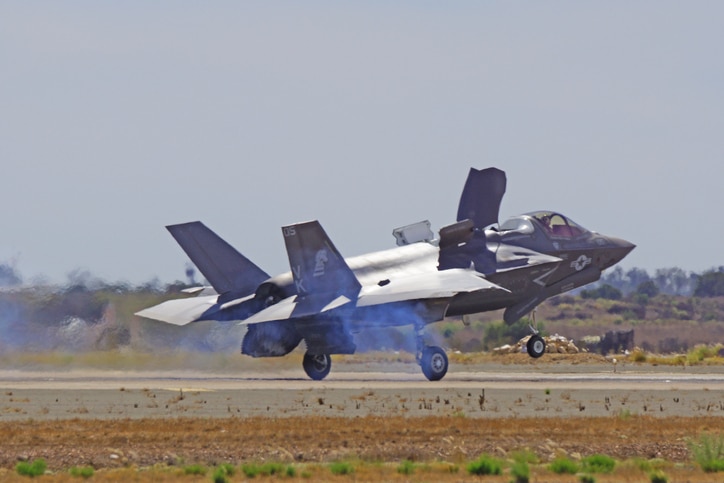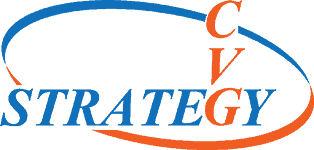
MIL-STD-810 Shock Methods and Procedures
MIL-STD-810 contains numerous shock methods and procedures that provide laboratory simulations of real world events. Mechanical shock can adversely effect the integrity of a component, especially if the resonances of the shock harmonize with natural frequencies of that component.
To ensure effective developmental test and evaluation of a product it is important to understand these types of shocks, their characteristics, and how they could potentially effect the product to be tested. Methods for evaluation in MIL-STD-810 include:
- Shock
- Pyroshock
- Gunfire Shock
- Ballistic Shock
- Rail Impact
Method 516.8 Shock
Method 516.8 Shock has eight different procedures these procedures include:
- Functional Shock – Tests equipment its operational modes to evaluate its ability to perform as intended during and after exposure to mechanical shock.
- Transportation Shock – Tests equipment to shocks expected during transportation. Ground vehicle profiles are often used due to their severity.
- Fragility – Procedure III (Fragility) is often performed early in the development cycle to establish a fragility level of a design so that shipping and packing designs can be adequately developed.
- Transit Drop – Tests equipment’s ability to endure drops encountered during loading and unloading.
- Crash Hazard Shock – This procedure verifies the integrity of mounts and fasteners to prevent equipment mounted in air or ground vehicles from creating hazards during shocks encountered during a crash event. This often employs classical shock test waveforms.
- Bench Handling Shock – Shocks commonly encountered during packaging and maintenance.
- Pendulum Impact – This procedure is used to evaluate the effects of horizontal impacts on large shipping containers
- Catapult Launch/Arrested Landing – This tests materiel mounted on aircraft that operate on aircraft carriers.
Method 517.3 Pyroshock
Pyroshock testing is performed to assess materiels ability to operate as intended and survive when operating near detonated explosive devices. This method has five procedures that vary in accordance with closeness of the explosive shock and method of employing that shock. The shock can be administered using actual explosions, mechanical test devices such as those used in shipboard shock test machines, electrodynamic shakers, or beam resonant shock machines.
Pyroshock presents particular challenges for designers in that it has has a shock response spectrum ranging from 100 Hz to 1 MHz. These shocks can range from 300 to 200,000 gs. Because of the high frequencies encountered, effects of pyroshock can include damage to small electronic components and cause relay chatter. High frequencies can also generate piezoelectric effects that can cause unexpected operation of materiel
Method 519.8 Gunfire Shock
Gunfire shock testing is used to evaluate a components ability to withstand high rate repetitive shocks from gunfire. This method is not intended to replicate effects of large single shot weapons such as large naval guns. To adequately tailor a test plan it is important to know what specific weapon is being employed, what that rate of fire is, and where the material to be tested is with respect to the gun. Measured data from the component location on the intended platform is preferred for replication in the laboratory setting.
Method 522.2 Ballistic Shock
Ballistic shock is the shock experienced when a projectile impacts an armored surface. This testing is limited to equipment intended for use in armored combat vehicles. As with pyroshock, ballistic shock has a very broadband of frequencies with high acceleration and poses special concerns for electronic devices.
Testing can include with actual projectiles being fired at armor hulls and turrets (testing performed on a military base). Usually testing is performed using various types of shock machines such as those used in MIL-S-901 Shipboard Shock.
Method 526.2 Rail Impact
Rail Impact testing is used to evaluate tie down methods for systems that will be transported on rail cars. The impact of concern is that which occurs during the coupling process. These tests are performed using a locomotive, a cushioned draft car with the test item secured. These are conveyed at speeds of 4, 6, and 8 mph and collided into a draft car upweighted with brakes set.
Choosing Appropriate MIL-STD-810 Shock Methods
Because time and money are limited resources, decisions must be made as to which testing will be performed. While requirements can offer a degree of clarity into relevant test methodology selection, a thorough assessment must be made through a Life Cycle Environmental Profile (LCEP) to develop an effective test matrix.
The LCEP will map all anticipated logistical, tactical, and operational shock events and offer appropriate parameters for test selection and severity. These inputs combined with requirements and measured data are then placed into an Environmental Issues/Criteria List (EICL). Selection can then be made based on a risk assessment of vulnerabilities of the product based and probability of an environmental stress to occur.
Characteristics of Shock Types
Mechanical shock are generally events that have a short duration of under a second and are usually limited in frequency below 4 kHz. Other types of shock such as Pyroshock (Pyrotechnic Shock) , Ballistic Shock, and Shipboard Shock (MIL-DTL-901) can have much higher frequency components.
As we have seen, pyroshocks, typically are less than 20 milliseconds in duration with a frequency range of 100 Hz to 1 MHz. Therefore consideration must be given to the test items vulnerabilities to shock frequency content as well as g forces.
Making the Decisions
MIL-STD-810 provides guidance for selection of appropriate test methodologies. This allows for the development of systems in a timely fashion without excessive testing and over engineering. When selecting, for example, appropriate scenarios for Transport Drop for Tactical situations, look at those with the greatest impact velocity and then make a risk assessment as to which of these would pose the greatest threat to the test item based on the probability of an event to occur.
CVG Strategy Can Help
Our team of test and evaluation experts can assist you in creating a meaningful test program that meets requirements and prevents costly failures at the operational test stage. CVG Strategy provides an array of services to help you with environmental and EMI/EMC testing. We also offer classes in MIL-STD-810 to help you keep current with the latest developments in this important standard.


